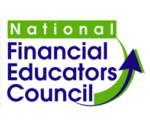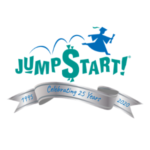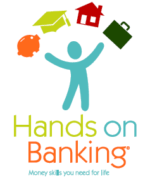Financial Literacy
National Financial Educators Council (NFEC) is an independent organization that provides practical financial education to people of all ages. The personal financial curriculum includes instructors’ guides, testing, games, and other educational resources. The literacy programs are intended to prepare students to manage their own personal finances, prevent high school dropouts, and improve graduation rates.
NEFE’s financial workshop kits provide money management tips for taking control of their finances.
MyMoney is the US government’s website devoted to educating all Americans about the basics of finances. The website’s youth tab provides information, fun facts, and games intended to help the next generation plan for the future.
Money Smart for Young Adults was developed by the Federal Deposit Insurance Corporation (FDIC) and is aligned with economic educational standards for all fifty states. The curriculum target youth ages twelve through twenty to learn the basics of money sense, including how to create positive relationships with financial institutions.
MoneySkill is a free online reality based personal finance course for high school and college students to gain a basic understanding of money management. The curriculum discusses income, expenses, assets, liabilities, and risk management to allow students to assess how these concepts affect their daily lives.
Money As You Grow is sponsored by the Consumer Financial Protection Bureau (CFPB) which provides age-appropriate financial lessons with corresponding activities. The lessons are written in kid friendly language to equip America’s youth with the knowledge essential to living fiscally fit lives.
The Mint seeks to guide young people and their families to be money smart so they can realize their dreams. This website provides expert advice, hands on activities, and creative resources on how to make financially sound decisions for a bright future.
Jump$tart is a national coalition of organizations committed to improving the financial literacy of pre-kindergarten through college-age youth through educational standards and resources. Jump$tart hopes to adequately prepare the next generation for successful financial decision-making.
Investopedia provides information on how to teach financial literacy to kids.
Hands On Banking is an online program that supplies free instructional resources for kids, teens, and young adults to improve financial skills. The lessons are in accordance with national educational standards for economics and are easy to integrate into classrooms.
Having it all: Girls and Financial Literacy is a research report done by Girl Scouts to understand how girls interpret money and how they should learn about it.
How to Raise Financially Savvy Kids is a article that gives parents the tools they need to raise kids who understand how to handle and control their money.






